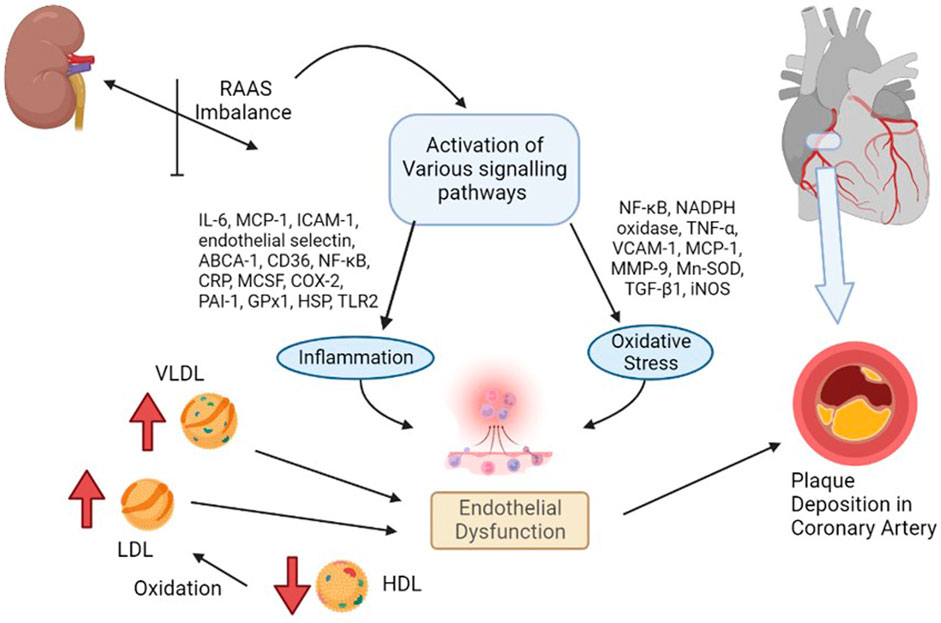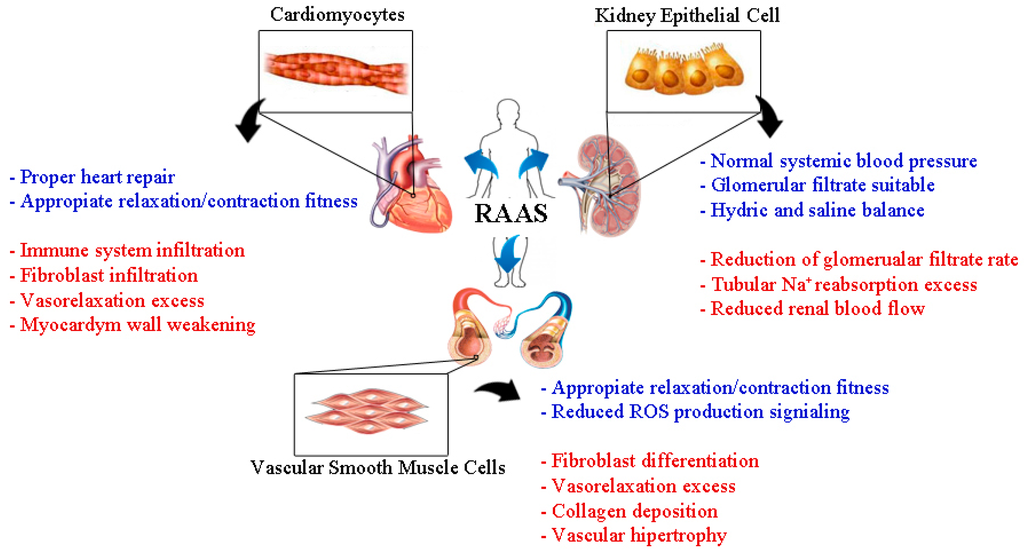Reference




OpenAI's Answer
The intracellular renin-angiotensin system (RAS) in cardiac fibroblasts plays several significant roles:
-
Extracellular Matrix Formation: Intracellular RAS contributes to the formation of the extracellular matrix in cardiac fibroblasts, especially under high glucose conditions. This process is critical in tissue remodeling and fibrosis, which can affect cardiac function source.
-
TGF-β and Collagen Production: Angiotensin II (ANG II), a component of the intracellular RAS, upregulates the production of transforming growth factor-β (TGF-β) and collagen-1. This activity facilitates the development of cardiac fibrosis, where excessive connective tissue accumulates source.
-
Regulation of Fibroblast Proliferation: Intracellular ANG II influences fibroblast proliferation, meaning it can regulate cell growth and division. This aspect is crucial in the context of cardiac repair and pathological remodeling following heart injury source.
-
Collagen Gene Expression and Secretion: The signaling pathways involving ANG II regulate collagen gene expression and secretion in cardiac fibroblasts. This regulation is vital for maintaining the structural integrity and function of heart tissue during stress or damage source.
These roles highlight the importance of the intracellular RAS in cardiac fibroblast function and its potential impact on heart health, particularly in conditions involving cardiac stress or injury.
Follow Up
Related
What are the roles of angiotensin II and angiotensin (1-7) in intracrine signaling?
How does high glucose activate the intracellular renin-angiotensin system in cardiac fibroblasts?
Can you provide examples of peptides that function through intracrine mechanisms?
How is the biological effect of an intracrine peptide hormone produced?